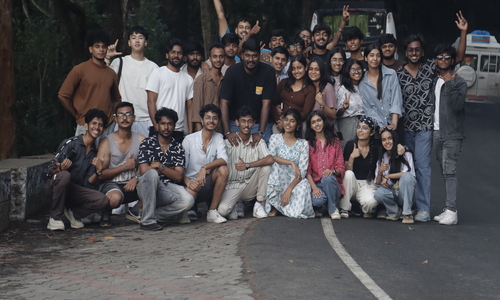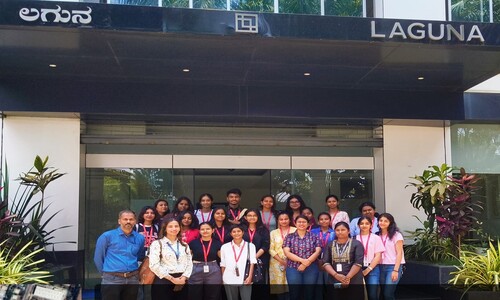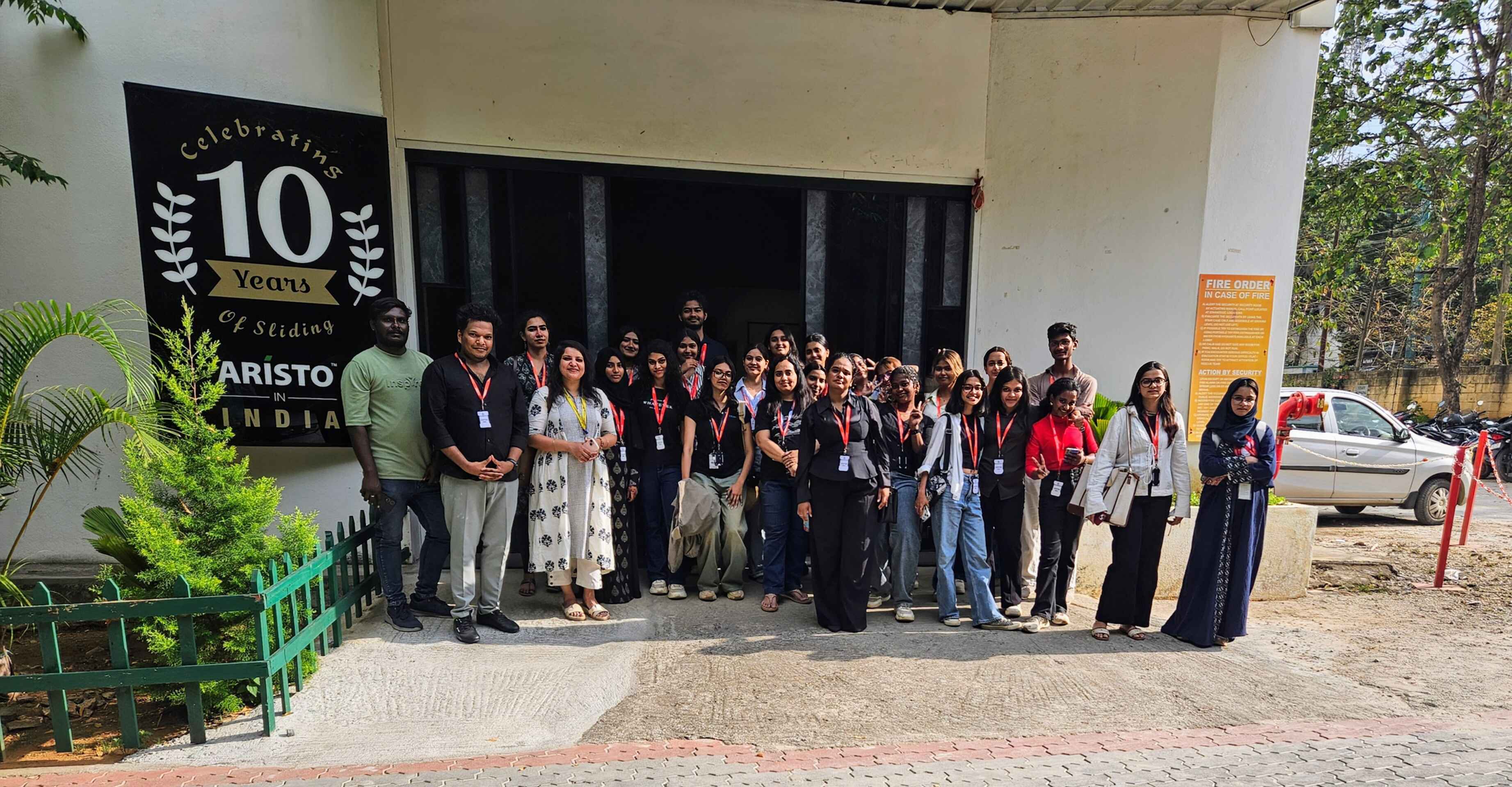ABOUT SCHOOL
Discover how to unleash your creativity at the Presidency School of Design, where artistic expression and innovation meet. This design school offers well-curated programs in various design fields like space, communication, product, and fashion.
KNOW MORE-
Director's Message
-
Accreditation

-

Vision
To become a value-based, innovation-driven Presidency School of Design, transforming students into visionary designers, who shape the world with creative and socially sustainable solutions.
Mission
- Inspire and train students to be creative thinkers and designers.
- Empower students with design knowledge to address social, technical, and economic challenges with innovative solutions.
- Sensitize students to embrace lifelong learning in a technology-enabled environment.
- Foster strategic alliances between society and academia for research and its practical application.
- Instill entrepreneurial and leadership skills to address social, environmental and community needs.
FAQs
Presidency School of Management offers the following undergraduate and postgraduate programmes:
- BBA
- BBA Aviation Management
- BBA Digital Marketing
- BBA Business Analytics
- BBA Digital Business
- MBA
- MBA Banking & Finance Management
- MBA Marketing & Finance
- MBA Business Analytics
- MBA Digital Marketing
The duration of BBA programmes are 3 years and MBA porgrammes are 2 years.
Any interested student applying for management programmes at Presidency University shall apply online and complete the application, entrance test and registration process to secure admission for their interested programme.
Yes. All programmes offered by Presidency School of Management is accredited by AICTE.
To get more information regarding scholarships, kindly click the link https://presidencyuniversity.in/scholarships
















 Rajanukunte, Yelahanka, Bengaluru, Karnataka, Pin: 560119, India
Rajanukunte, Yelahanka, Bengaluru, Karnataka, Pin: 560119, India
 +91 9022092222
+91 9022092222